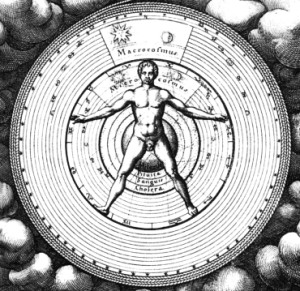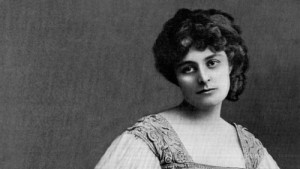Some Context: Tommy Tiernan is one of Ireland’s most highly awarded standup comedians, winning international awards every 2 or 3 years since 1996. He’s still a huge mainstream act. I was amazed by the common ideas of his opening bit of his 2008 world tour, Something Mental, and Hyde’s 1892 essay, The Necessity of De-Anglicizing Ireland.
Hyde: “Its inroads have been silent, because, had the Gaelic race perceived what was being done, or had they been once warned of what was taking place in their own midst, they would, I think, never have allowed it. When the picture of complete Anglicisation is drawn for them in all its nakedness Irish sentimentality becomes suddenly a power and refuses to surrender its birthright…”
“If all this were done, it should not be very difficult, with the aid of the foremost foreign scholars, to bring about a tone of thought which would make it disgraceful for an educated Irishman especially of the old Celtic race, MacDermotts, O’Conors, O’Sullivans, MacCarthys, O’Neills — to be ignorant of his own language — would make it at least as disgraceful as for an educated Jew to be quite ignorant of Hebrew…”
Tiernan: If the link doesn’t work try: Tiernan and Hyde , start 2:30 end 4:15.
When I read Hyde’s I immediately thought of Tiernan. I am amazed by how closely these writers are related ideologically despite the 120 years that separate them. Tiernan’s free and spontaneous style puts off how deeply rooted his material is in hotly political long-standing conversations about Irish national identity.
Tiernan says “the Irish soul is a much more fluid thing than [the English language],” which he ultimately cites as the reason for his severe words. He says, with mighty leaps and wild gesticulating, as if to make up for the handicaps of English to communicate his energy, that only the most intense English curses can stimulate the human core in a way that Gaelic does, to make a profound spiritual connection with the audience that “rises up mightily into the stars.” And he premises this by saying he should be speaking Gaelic, even though he doesn’t know it at all. This idea of “should be speaking” as the best way of giving voice to “the Irish soul” echoes Hyde’s idea that Irish people, being of the Celtic race, have a relationship to Gaelic and should speak it even if they don’t understand a word of it, and should reject the English language as an encroachment upon the soul of their race. In his words, “in all its nakedness Irish sentimentality becomes suddenly a power that refuses to surrender its birthright…” In his conversational, infinitely charming though obtrusively vulgar way, Tiernan echoes Hyde’s central idea: that there is an Irish essence, a “Celtic soul,” and that the Irish essence cannot be expressed or linguistically fulfilled by the English language.
When I saw dates like 1840 and 1790 on the papers we read on Irish national identity, I thought the current Irish cultural attitude toward these issues must be different from back then, and that we are only reading such papers for their relevance to Yeats and his own political context. The implications of this idea, the “language that should be spoken,” are of course completely different for the literary scholar of 1892 and the comedian of 2008, where one cites it as grounds for large-scale political reform and the other uses it as a premise to a standup show. However, what strikes me is how prolific this idea of an Irish “connection” to Gaelic is, and how it still sells, even as the opening segment of a world comedy tour, as it did as a springboard for political reform.


